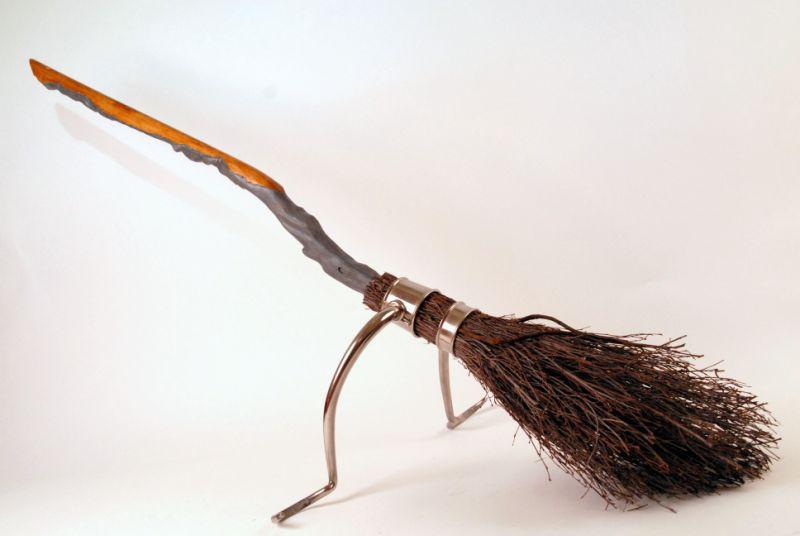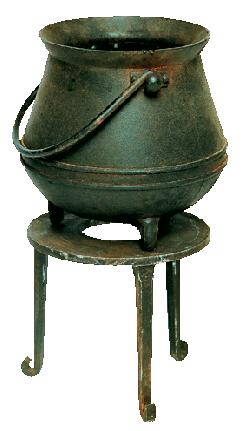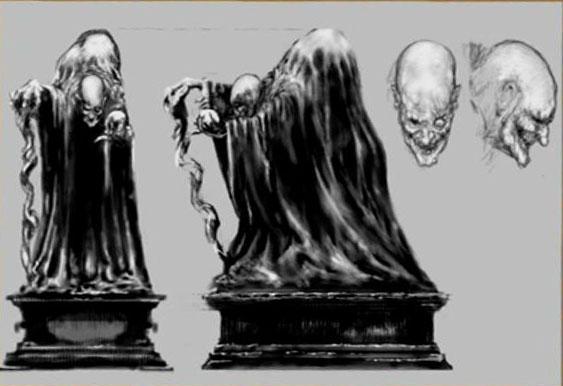Announcements
Welcome to Charms 201!
Please read the following FAQs before joining the class:
When will my assignment be graded?
Charms receives a high volume of assignments submitted each day, and our team is composed entirely of volunteers with real-world obligations. We will not prioritize your assignment over anyone elses. I ask that you be understanding and patient.
If you look in your gradebook, you will be able to see where your assignment is in the grading queue. If you notice that your assignment has not moved at all in the queue after a week, then you may message Professor Laurel or the Head Student, Britini, to look into the issue.
What do I do if I have a question about an assignment?
Please feel free to reach out to any of our PAs with your questions! Just remember: 1. PAs will never give you the answer to a question. They are here to assist you in completing your work; not to do your work for you. 2. If you have any questions or need help, it is always best to ask before you submit your assignment! Keep in mind: Blank answers are an automatic zero; it is better to always try your best!
If you have a question about an assignment that has already been submitted, please send a private owl directly to either the Head Student, Britini, or to Professor Laurel along with your Grade ID for the assignment (this can be found in your gradebook).
If you have any other questions or comments, please do not hesitate to reach out to Professor Laurel or the Head Student, Britini!
Lesson 4) Examining Magical Objects: Effect Forms and Shallow Charming
Shallow Object Charming - the most common, everyday spellcasting done on objects - involves casting a single spell which holds loosely to the target item and dissipates quickly. Deep Object Charming is much more advanced; it is the art of creating a stable magical object. Last lesson, we introduced two major Form classes used in Deep Object Charming: Power Forms and Initiation Forms.
Power Forms determine how a bewitched item acquires and stores the magical energy it needs to function. We covered three Power Forms: Personal, which allows magical energy to be drawn from the witch or wizard using the item; Collection, which draws ambient magical energy from the surroundings; and Charged, wherein the Implementation is “charged” with a pre-determined amount of magical energy when it’s created.
Initiation Forms determine how an Implementation can be made to work. We also studied three Initiation Forms: Triggered, which involves a simple physical interaction, such as touch or pressing a button; Activated, which can be similar, but is not necessarily physical and must be intentional by a witch or wizard; and Continuous, where an item is always “on.”
Introduction to Effect Forms
Magical items require both a Power and an Initiation Form, however both of those are completely useless if the object has no intended effect or function. To that end, one or more Effect Forms must be applied to an Implementation in order to achieve the desired result. As you can probably imagine, there are countless different Effect Forms which fall into several major categories. Rather than give you an exhaustive list, which would not serve you particularly well, we shall instead examine a few bewitched items in more detail, to give you a sense of the types of Forms that exist and how they might be successfully applied in concert.
Magical Broomstick
The first item we will be discussing is a broomstick, which is basically a shaft of wood with a brush-like tail on one end, on which a witch or wizard may fly. Performance models are made only from the highest quality magical woods. Cheaper models can be made of more mundane trees, or trees with somewhat lower magical affinity. Though materials can be artificially imbued with magic, it is always wise to ensure that at least part of your broom contains magical materials. All material used in broom making must be natural, meaning plastic and metal cannot be used, in order to help it absorb the spells applied.

Power Form: Personal
Initiation Form: Activated - While at their most basic, Activation Forms applied to brooms require the directed attention of the witch or wizard. Many simpler models will function best for beginners when the student places his or her hand over the shaft and says “Up.”
Effect Forms: Motion Form - Includes the Acceleration Charm, Braking Charm, and Stability Charm, which is handy in sharp turns and dives or in turbulent conditions. The Motion Form differs from the Animation Form in that it allows motion under direct control of the witch or wizard who activates the item.
Mounting Form - The Mounting Form is used on the seat in order to make it more comfortable. This usually includes the Cushioning Charm and other similar charms.
Anti-Spell Form - Several advanced defensive charms, such as the Shield Charm and Hex Deflection Charm, to protect the rider from interference by unsavory characters.
Secret Passage Statue
A Secret Passage Statue is an otherwise normal statue that is used to hide a secret passageway. Spells applied to these statues allow them to reveal the secret passageway when a particular incantation, Dissendium, is uttered.
Power Form: Personal
Initiation Form: Activated
Effect Forms: Animation Form - This Form, at its most basic, allows the given object to move without direction from the witch or wizard.
Orrery
An orrery is an Astronomical Model with a synchronized and accurate reflection of the current locations of the celestial bodies (reflected in space, though not to scale in distance or size, or else it’d never fit in any reasonably-sized room).

Power Form: Collection
Initiation Form: Continuous
Effect Forms: Synchronization Form - Aligns the replica planets with their celestial counterparts to provide an accurate model of their relative positions.
Reflection Form - Causes each model planet to appear as its counterpart in the sky. The moon model will perfectly reflect how the moon looks now, as will other planets such as Jupiter or Earth. If the weather changes on a planet, or some other phenomenon occurs, it is reflected within.
Cauldron
A cauldron is a specialized container used for brewing magical potions.

Power Form: Collection
Initiation Form: Continuous
Effect Forms: A cauldron, being essentially a glorified pot, does not require charms in order to perform its most basic function, which is to hold things. However, there are many different Effect Forms that may be applied to afford several different advantages to a bewitched cauldron. Most basic cauldrons include the Wizard Space Form, allowing them to contain larger amounts of liquid when large batches are required without the witch or wizard having to obtain multiple cauldrons to brew the same potion many times. Depending on how this Form is applied, the cauldrons can also be made more portable, as the Wizard Space within them can contain most of their mass, making them much lighter. The Minimizing Form may be applied for collapsible cauldrons, or the Animation Form to facilitate self-stirring. Professional-grade cauldrons will often include a highly specialized application of the Durability Form; applied in concert with the Wizard Space Form, one can minimize accidents and contain spills while brewing particularly volatile or delicate potions. Naturally, any added function will also incur additional cost; the most highly-modified cauldrons are only practical for very specialized brewing purposes.
Shallow Object Charming
Most charms, including those you've learned so far in this class, are considered Shallow Object Charms. Unlike Deep Object Charming, where the spells are carefully woven together and integrated into the intrinsic magic of the materials, Shallow Object Charms are not absorbed. The magical energy will loosely surround the target until it dissipates naturally. The duration of these charms can be controlled to an extent, but most will never last longer than a few hours; they are limited by the amount of energy that can be given to a spell upon casting, and cannot be recharged later. Therefore, the practice is not suitable for creating lasting bewitched objects, though it can come in handy when you only need to temporarily alter the properties of an object. You will learn more about Shallow Object Charms in Lesson Six.
To review...
Effect Forms vary widely, and any combination can be applied to a given Implementation in order to afford the item different functions. Effect Forms cover things like movement, appearance, and changes in size, weight, and texture (this is not an exhaustive list, obviously). The Charms included in Effect Forms are woven together and integrated into the materials of the object to be bewitched. We gave a brief description of some of the Effect Forms applied to common Implementations: Broomsticks, Secret Passage Statues, Orreries, and Cauldrons.
In contrast, Shallow Object Charming creates a loose overlay of magical energy over the item, powered only by the amount of energy put into the spell on casting. Because one can only put so much energy into a spell without risking a backfire and a broken wand, these charms are typically limited to a few hours.
Homework
You'll have a journal prompt and a worksheet this week. Start studying for midterm in Lesson Five!
Image credit: Harry Potter Wiki, Five Prime
- CHRM-101
Enroll
-
Lesson Four Journal
Essay -
Lesson Four Worksheet
Assignment
-
Britini
Head Student
-
Jean V. Ollivander
Professor's Assistant
-
Evony Senoj
Professor's Assistant
-
Will Bryce
Professor's Assistant
-
Tulip Karasu
Professor's Assistant



